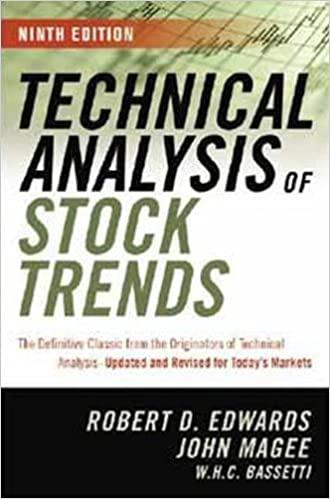Question
Bank A and Bank B are identical in every respect except one: Bank A holds $10 million in 30-year bonds, paying 5% interest; and Bank
Bank A and Bank B are identical in every respect except one: Bank A holds $10 million in 30-year bonds, paying 5% interest; and Bank B holds $10 million in 1-year bonds, also paying 5% interest. (Assume that these are discount bonds, which means that they make their entire payment upon maturity, i.e., after 30 years in Bank As and after 1 year in Bank Bs case, with no interest payments in the meantime.)
a.If the market interest rate rises from 5% to 7%, what happens to the (present-day) values of Bank As and Bank Bs bonds? b.Which bank has more interest-rate risk ? Explain why.
Step by Step Solution
There are 3 Steps involved in it
Step: 1

Get Instant Access to Expert-Tailored Solutions
See step-by-step solutions with expert insights and AI powered tools for academic success
Step: 2

Step: 3

Ace Your Homework with AI
Get the answers you need in no time with our AI-driven, step-by-step assistance
Get Started


